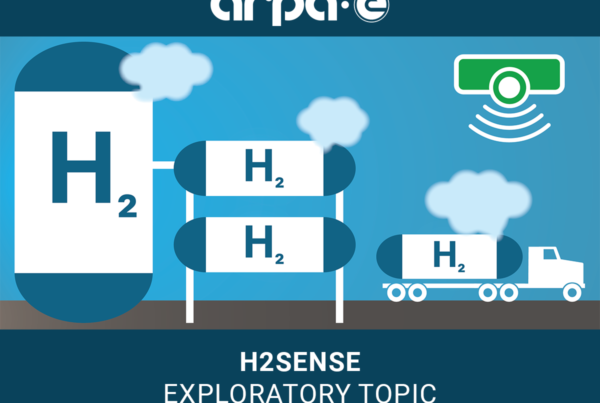
For a hydrogen grid to be a viable strategy for net zero, its production must be low carbon, a briefing paper has warned.
On 26 January, Imperial College London’s Energy Futures Lab launched The Future of Home Heating, in which it explored the prospects of hydrogen and heat pumps as a means of decarbonising the heating sector. While renewable technologies are evolving at a rapid pace and dropping in price, offering a cost-effective path to decarbonising the power sector, heat – responsible for almost a quarter (23%) of UK emissions – is presenting a more difficult challenge.
Hydrogen, while potentially a solution, presents challenges such as the need to retrofit sections of the gas grid, replace steel pipework along with the large proportion of iron pipelines already replaced through the Iron Mains Replacement Programme, and the fact properties in areas converted for heating through a hydrogen grid would face a certain level of disruption. This would include home surveys, any required updates of existing natural gas pipework and converting or installing appliances suitable for hydrogen use.
Furthermore, there are currently very limited sources of low carbon hydrogen and although government has set a 5GW target for 2030, this is set to prioritise harder to decarbonise sectors in industry. There are also safety concerns that must be addressed before widescale adoption, the need for storage facilities to be established, the fact green hydrogen is not yet cost competitive, and how limited carbon capture roll-out means blue hydrogen is not yet commercially feasible.
To overcome these barriers and offer clarity, government has a number of initiatives forthcoming, including the £240mn Net Zero Hydrogen Fund; hydrogen trials commencing on a neighbourhood scale in the next few days to provide a safety case; a decision on hydrogen blending in 2023; and a strategic decision on the role of hydrogen in heating buildings, based on evidence gathered in the coming years, by 2026.
Considering hydrogen’s potential application in building heat decarbonisation, it found that hydrogen would be best placed strategically in industrial clusters or as a hydrogen boiler component in hybrid heat pump systems. By strategically placing hydrogen facilities near industrial clusters, where demand is already in place, it will likely aid low carbon hydrogen’s development. This means regions within proximity to clusters could transition away from natural gas to hydrogen heating in homes if hydrogen trials prove it to be viable and safe.
It went on to make a series of recommendations relating to the future of home heating, including that energy levies are moved away from electricity and transitioned over to more carbon intensive fuels; the introduction of green financing schemes and products for domestic renewables and energy efficiency measures. It conceded that with hydrogen unlikely to be viable at scale for domestic heating applications in the next 10 years, the government’s focus should be on deploying solutions available now, including energy efficiency, electrification through heat pumps and heat networks as the main focus for its strategy.
On hydrogen specifically, it called for the use of low carbon hydrogen in hard to electricity sectors such as industry and shipping; for low carbon hydrogen to be clearly defined and standards in place for the market to be developed for heat decarbonisation in buildings; and for the development of electrolysers in the UK to be supported as a means of improving the cost effectiveness of green hydrogen.
Source: Hydrogen East
Read the most up to date Fuel Cell and Hydrogen Industry news at FuelCellsWorks




